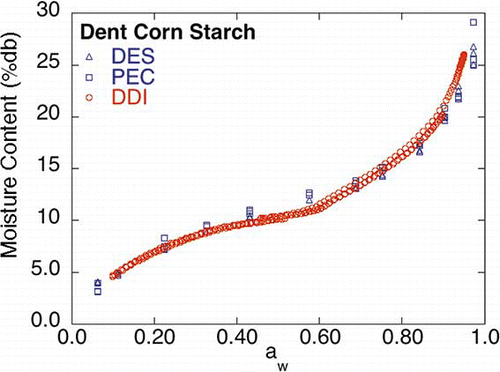Figures & data
Figure 1 Schematic diagram of the AquaSorp Isotherm Generator used to obtain Dynamic Dewpoint isotherms.
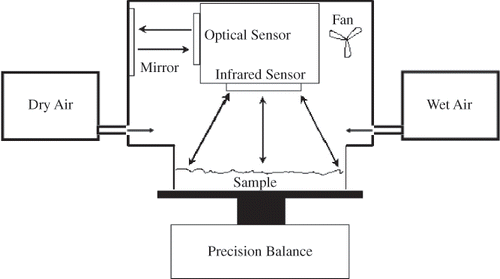
Table 1 Average “as is” moisture content and AquaLab measured aw values and associated standard deviations at 25°C for the materials used in the DES and PEC and the DDI methods.Footnote* The average starting DDI aw values for both adsorption and desorption parts of the working isotherm, estimated by the AquaSorp Isotherm Generator, and associated standard deviations are also listed. Visually observed mold growth for some of the materials in both the DES and PEC chambers is also indicated. No visual mold growth was observed in the DDI method
Figure 3 DES, PEC, and DDI isotherms for isolates soy protein. Mold growth aw limits for DEC and PEC methods are given in (color figure available online).
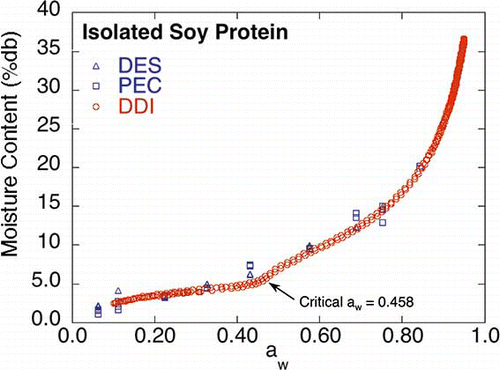
Figure 4 DES, PEC, and DDI isotherms for microcrystalline cellulose (color figure available online).
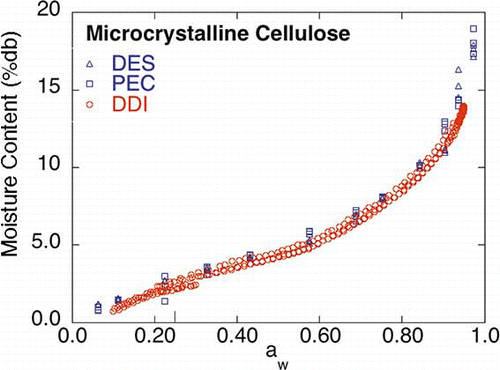
Figure 5 Informal statistical comparison of one of the working DDIs to the connected upper and lower 99% DES and PEC confidence limits (±0. 506 mc %db) (color figure available online).
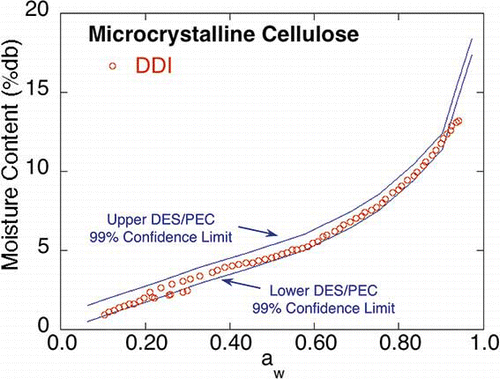
Figure 6 DES, PEC, and DDI isotherms for crystalline sucrose. The deliquesce point and the literature saturated sucrose solution aw (at 25°C from Salameh et al.Citation[20]) and associated moisture content (at 25°C from Bubnick and ZadlecCitation[21]) are indicated on the figure. Mold growth aw limits for DEC and PEC methods are given in (color figure available online).
![Figure 6 DES, PEC, and DDI isotherms for crystalline sucrose. The deliquesce point and the literature saturated sucrose solution aw (at 25°C from Salameh et al.Citation[20]) and associated moisture content (at 25°C from Bubnick and ZadlecCitation[21]) are indicated on the figure. Mold growth aw limits for DEC and PEC methods are given in Table 1 (color figure available online).](/cms/asset/53fd5ca8-b09b-4860-9996-76238bdcb0ff/ljfp_a_478323_o_f0006g.jpg)
Figure 7 DES, PEC, and DDI isotherms for corn flakes. Mold growth aw limits for DEC and PEC methods are given in (color figure available online).

